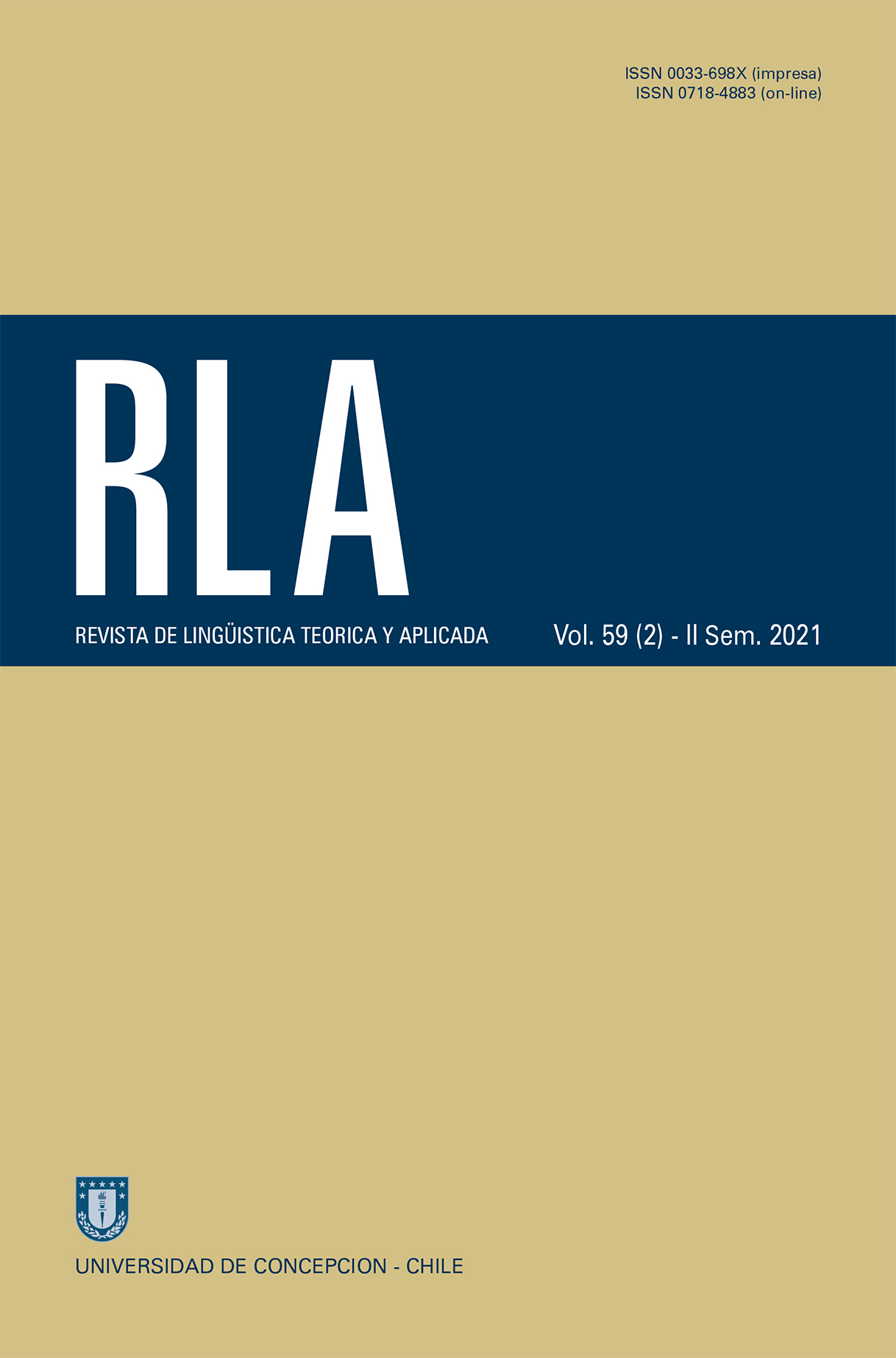LEXICAL AVAILABILITY AND VOCABULARY EVALUATION IN CHINESE-SPEAKING SPANISH AS A FOREIGN LANGUAGE STUDENTS
DOI:
https://doi.org/10.29393/RLA59-9LDJM10009Keywords:
Lexical availability, vocabulary evaluation, the environment, Chinese-speaking ELE studentsAbstract
The aim of this study is to demonstrate that the lexical availability indices obtained in successive moments of the learning process are a valid tool for evaluating the development of vocabulary associated with a specific subject area, in this case the environment. To this end, the investigation was carried out in three phases, based on a sample made up of 60 students: 20 native speakers, 20 Chinese-speaking ELE students with a B1 level, and 20 Chinese-speaking ELE students with a B2 level. In phase one, a questionnaire on lexical availability was completed by all three groups. In phase two, the groups of Chinesespeaking students were taught respective teaching units related to the environment, the vocabularies of which were analysed. Finally, in phase three, a new questionnaire on lexical availability was completed by these last two groups, in order to verify your progress, taking into consideration the levelling out and distribution of vocabulary offered in the Plan curricular by the Instituto Cervantes (PCIC). The investigation shows that focusing on a lexical set leads to, on the one hand, an increase in the level to which the updated terms are ascribed in the availability indexes, and on the other hand, a greater relevance of those terms with regard to the nuclear vocabulary of the centre of interest, and which results in a gradual approximation to the lexical production of native speakers. Likewise, it reveals that exposure to the vocabulary does not necessarily signify its acquisition by students, although it does contribute to activating the vocabulary already acquired.
Downloads
Published
How to Cite
Issue
Section
Copyright (c) 2021 Universidad de Concepción

This work is licensed under a Creative Commons Attribution 4.0 International License.







